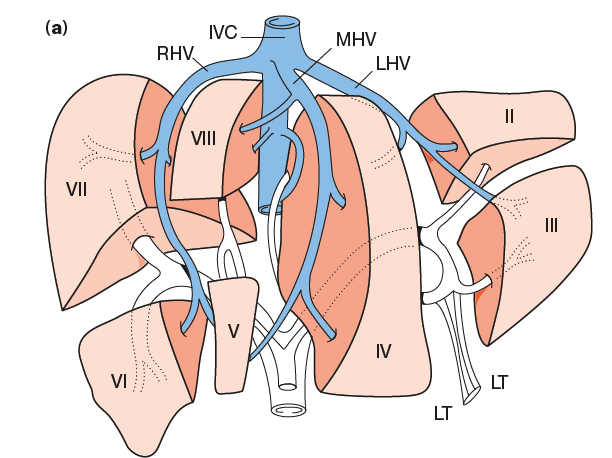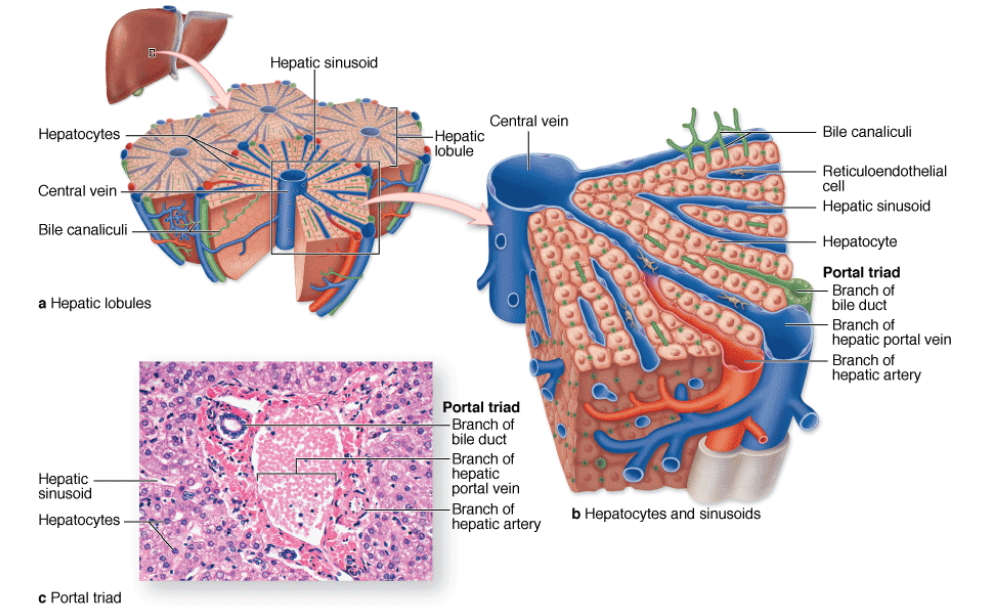Makindo Medical Notes"One small step for man, one large step for Makindo" |
|
|---|---|
| Download all this content in the Apps now Android App and Apple iPhone/Pad App | |
| MEDICAL DISCLAIMER: The contents are under continuing development and improvements and despite all efforts may contain errors of omission or fact. This is not to be used for the assessment, diagnosis, or management of patients. It should not be regarded as medical advice by healthcare workers or laypeople. It is for educational purposes only. Please adhere to your local protocols. Use the BNF for drug information. If you are unwell please seek urgent healthcare advice. If you do not accept this then please do not use the website. Makindo Ltd. |
Anatomy of the Liver
-
| About | Anaesthetics and Critical Care | Anatomy | Biochemistry | Cardiology | Clinical Cases | CompSci | Crib | Dermatology | Differentials | Drugs | ENT | Electrocardiogram | Embryology | Emergency Medicine | Endocrinology | Ethics | Foundation Doctors | Gastroenterology | General Information | General Practice | Genetics | Geriatric Medicine | Guidelines | Haematology | Hepatology | Immunology | Infectious Diseases | Infographic | Investigations | Lists | Microbiology | Miscellaneous | Nephrology | Neuroanatomy | Neurology | Nutrition | OSCE | Obstetrics Gynaecology | Oncology | Ophthalmology | Oral Medicine and Dentistry | Paediatrics | Palliative | Pathology | Pharmacology | Physiology | Procedures | Psychiatry | Radiology | Respiratory | Resuscitation | Rheumatology | Statistics and Research | Stroke | Surgery | Toxicology | Trauma and Orthopaedics | Twitter | Urology
Related Subjects:
|Anatomy of the Ear
|Anatomy of the Oesophagus
|Anatomy of the Diaphragm
|Anatomy of Large Bowel
|Anatomy of Small Bowel
|Anatomy of the Biliary system
|Anatomy of the Liver
|Anatomy of the Eye
|Anatomy of the Larynx
|Anatomy of the Ear
|Anatomy of Male Genitalia
|Anatomy of Skin
Traditionally divided into right and left lobes (falciform ligament as surface landmark), but surgically into 8 Couinaud segments, each with its own vascular inflow, outflow, and biliary drainage → meaning each segment can be resected independently.
👉 Clinical relevance: Segment I is often spared in cirrhosis, hypertrophying due to its separate venous drainage. Surgeons plan segmentectomies, lobectomies, or extended hepatectomies based on this anatomy.
⚠️ Clinical note: The dual supply protects against infarction. Portal vein thrombosis → varices/portal hypertension; hepatic artery thrombosis (esp. post-transplant) → graft failure.
👉 Disorders: gallstones, cholangiocarcinoma, strictures can all obstruct this flow.
The liver’s anatomy spans from macroscopic lobes and Couinaud’s functional segments to microscopic lobules with portal triads and sinusoids.
Its dual blood supply, biliary network, and segmental architecture underpin both physiology and surgery.
A clear grasp of this anatomy is indispensable for managing liver disease, planning resections, and performing transplantation safely.
🧬 Introduction
📍 Gross Anatomy

🔢 Surgical Segments (Couinaud Classification)
🔬 Microscopic Anatomy


💉 Blood Supply
🟡 Biliary System
🌐 Lymphatic Drainage & Innervation
⚕️ Key Functions
🧾 Clinical Relevance
✅ Conclusion